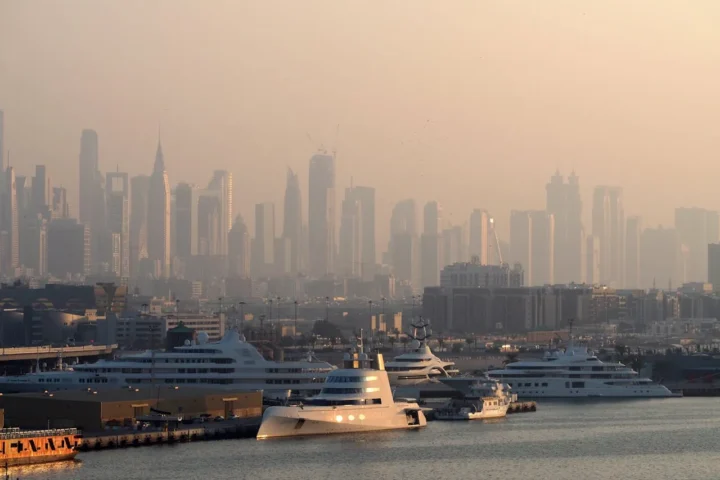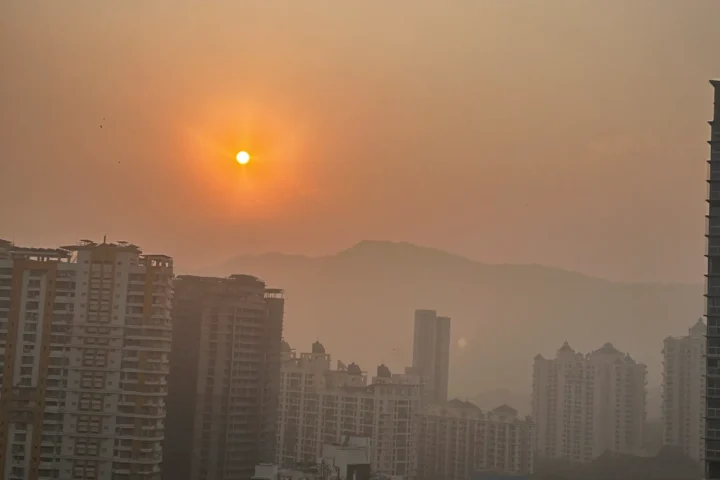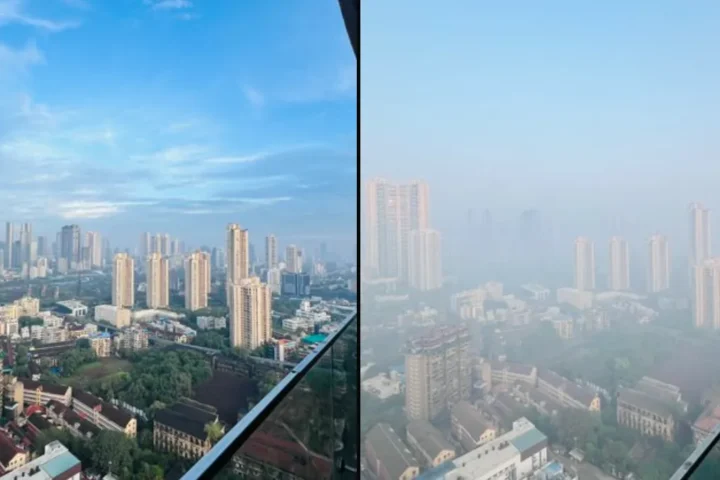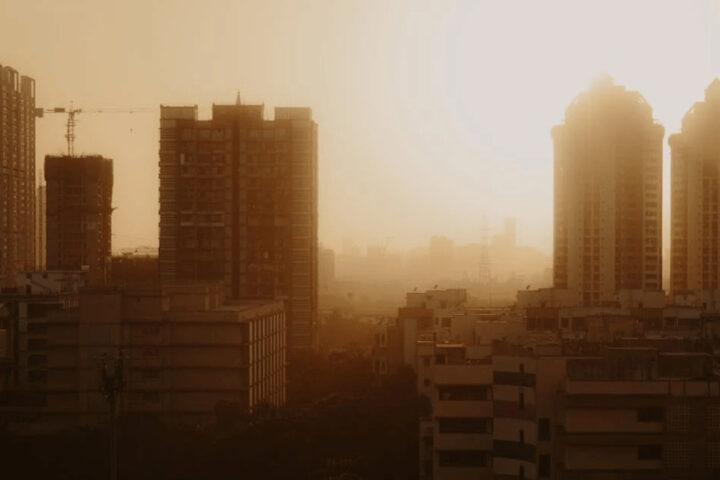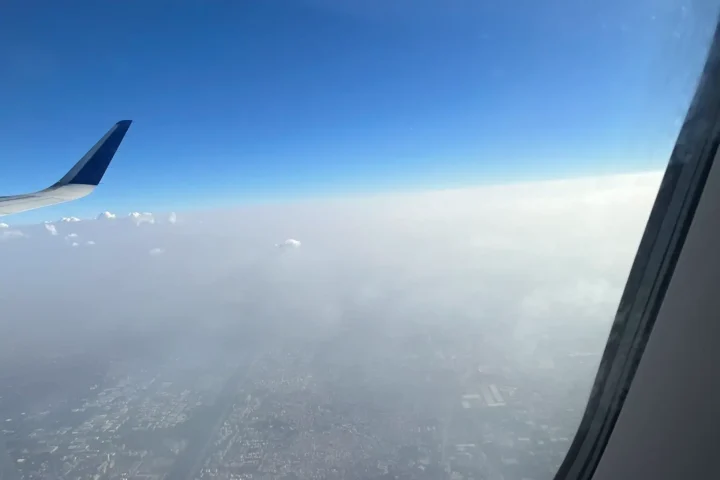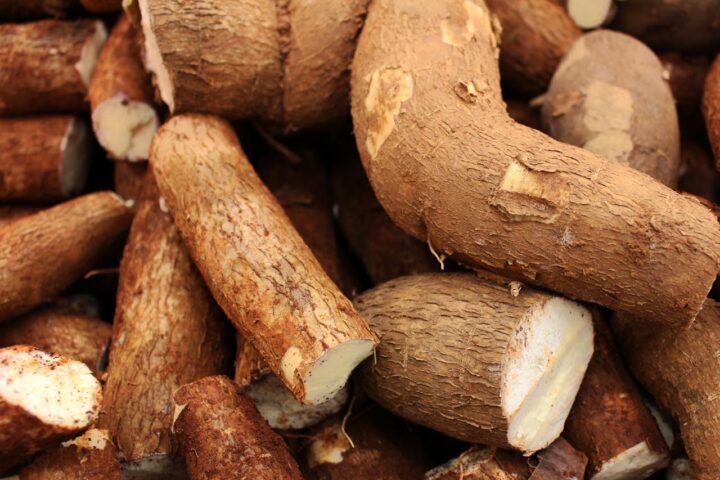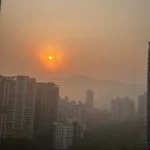India is currently facing a severe air pollution crisis due to stubble burning, a common practice of burning crop residue after harvest in the states of Punjab and Haryana. The smoke from these fires, combined with other sources of pollution such as vehicle emissions, industrial activity, and dust, creates a thick haze that reduces visibility and poses serious health risks. According to NASA’s Worldview satellite images, the layer of smog stretched from Pakistan to the Bay of Bengal on November 8, 2023, indicating that many other states in north India are also affected.
The air quality index (AQI) in Delhi on November 8 was at 424, which falls in the ‘severe’ category, according to India’s Central Pollution Control Board (CPCB). AQI measures the concentration of particulate matter (PM) in the air, which are tiny particles that can penetrate deep into the lungs and cause respiratory and cardiovascular diseases. The CPCB considers an AQI of 0-50 as ‘good’, 51-100 as ‘satisfactory’, 101-200 as ‘moderate’, 201-300 as ‘poor’, 301-400 as ‘very poor’, and above 400 as ‘severe’.
Similar Posts
The air quality in Delhi has reached alarming levels due to stubble burning, vehicle emissions, industrial activity, and dust. The smog is a serious health hazard, as it contains tiny particles that can penetrate deep into the lungs and cause respiratory and cardiovascular diseases. The air quality index (AQI) in Delhi on November 8 was at 424, which falls in the ‘severe’ category, according to India’s Central Pollution Control Board (CPCB) 1. The smog crisis is not only a seasonal problem but a chronic one that requires long-term solutions. The Delhi government has imposed several restrictions, such as banning construction activities, closing schools, and encouraging people to work from home. However, these measures have not been enough to curb the smog, as the meteorological conditions also play a role in trapping the pollutants near the surface. In November and December, temperature inversions are common in the region, as warm air from the Tibetan Plateau mixes with cold air from the Indo-Gangetic plain. This creates a stable layer of air that prevents the dispersion of pollutants. Moreover, the geography of the region also hinders the ventilation of air, as the Himalayan mountains to the north and the Vindhya mountains to the south act as barriers .
Experts have urged the central and state governments to implement policies that can reduce the dependence on stubble burning, such as providing incentives for farmers to adopt alternative methods of crop management, such as mulching or composting. They have also called for stricter enforcement of emission standards for vehicles and industries, and for increasing public awareness and participation in reducing pollution.
The smog crisis in India is not limited to Delhi alone, but also affects neighboring countries such as Pakistan, Bangladesh, Nepal, and Sri Lanka. The transboundary nature of air pollution requires regional cooperation and coordination among these countries to address the issue effectively. The South Asian Association for Regional Cooperation (SAARC) has established a working group on environment and climate change to facilitate dialogue and action on environmental issues among its member states . However, more concrete steps are needed to tackle the smog crisis that threatens millions of lives every year.




